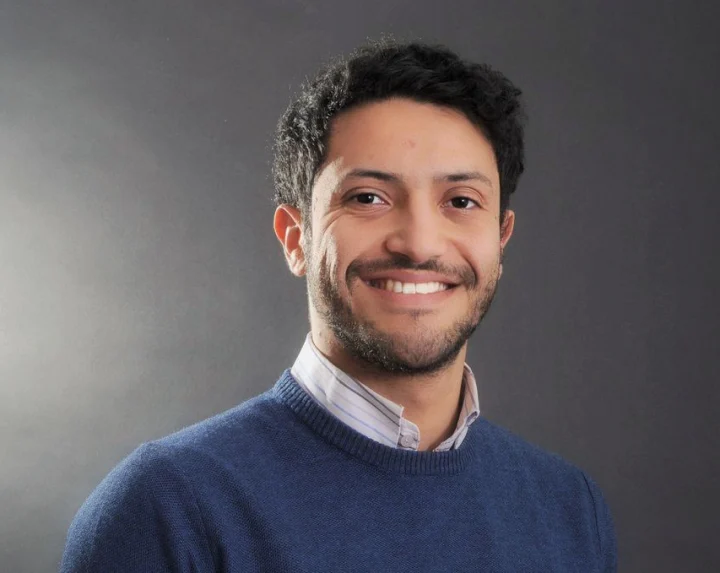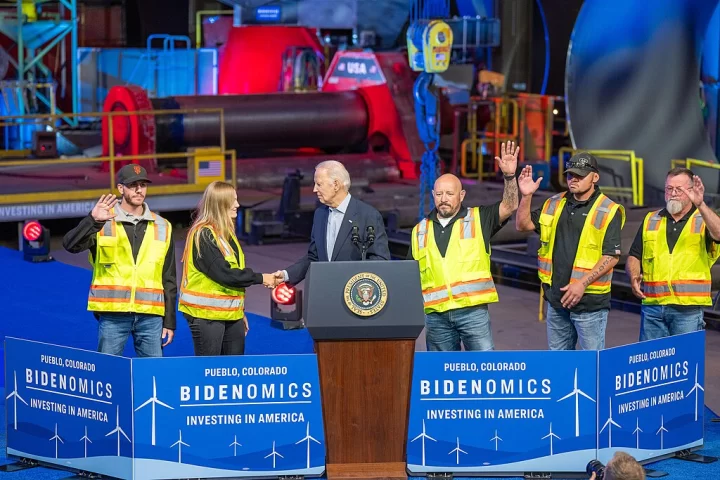Community volunteer support networks - helping those self-isolating and most vulnerable, both physically and mentally - are one of the manifestations of social capital. The intensity of these newly mobilised mutual aid groups in the UK correlates with the socioeconomic profile of the area. Geographical inequalities seem to reinforce each other, a fact relevant to the government's ‘leveling up’ policy agenda

One of the striking responses to the Covid-19 crisis has been the emergence of volunteer, grassroots support for people needing help throughout the United Kingdom. Existing and new mutual aid groups at the community level have mobilised to help those self-isolating and most vulnerable, both physically and mentally. These support networks are one of the manifestations of social capital, defined as those “[…] features of social organization, such as trust, norms, and networks, that can improve the efficiency of society by facilitating coordinated actions,” in the words of Robert Putnam (Putnam et al., 1993), possibly the most prominent scholar in the literature on social capital. Support networks prove especially effective in times of emergency, with examples such as neighbourhood assistance to the elderly at the time of the 1995 Chicago heat wave (Klinenberg, 1999) or the aid within family clans in rural China during the Great Famine (Cao et al., 2020).
Can we learn something about social capital in the United Kingdom by looking at the recent local response of mutual aid groups? One way to do this is to look at how many groups are active throughout the country. Using the list of groups by location maintained by Covid-19 Mutual Aid UK, a central organisation supporting the local groups, and scaling this number by the mid-2018 population estimate, we can plot the number of mutual aid groups per 10,000 people by local authority, as shown in Figure 1.
Figure 1: Number of Covid-19 Mutual Aid Groups per 10,000 people, by Local Authority

The estimate calculated this way ranges between 0.04 (that is, 1 group in a local authority with a population of about 250,000 people), to 2.3 (equivalent to about 58 groups in a local authority of 250,000). Therefore there seems to be a lot of variation across communities, with some showing little to no mobilisation, while others seeing considerable mobilisation. We can correlate with other statistics at the local authority level. For instance, there is a rather sizeable, positive correlation between the number of mutual aid groups per 10,000 people and measures of socio-economic advantage, such as gross disposable household income per head (2017) or the share of individuals with an undergraduate degree or above (Census 2011 for England and Wales), as well as with median age (2018 estimate). The correlation is also positive if we look at average scores for well-being measures including happiness and life satisfaction (2018-19, Annual Population Survey).
One possibility is that inequality in social capital follows a similar pattern to more traditional measures of socio-economic status: networks of support are more present where communities are already relatively better off. This is not entirely surprising, as it is in line with other analyses of social networks, starting with Putnam’s classic study. Moreover, the number of mutual aid groups appears to be spatially correlated too: those local authorities with higher values tend to be clustered together, to some extent.
These correlations need to be interpreted with caution, of course. First of all, it is a partial picture, representing the number of mutual aid groups that were registered on the Covid-19 Mutual Aid website by 27/03/2020. There will be others that had not registered, as well as many individual and informal helpers. Moreover, the number of groups does not reflect the number of people involved, nor the number of individuals that they are able to help. Finally, there might be additional heterogenity within each local authority, which we do not capture here. Still, the differences between local authorities are striking. The number of mutual aid groups gives an idea of the mobilisation capacity of local communities and therefore of their social capital (in the form of support networks).
Moreover, from an inequality perspective, it is salient that the intensity of these support networks correlates with the socioeconomic profile of the area. Geographical inequalities seem to reinforce each other, a fact relevant to the ‘leveling up’ policy agenda, to which the government will have to return in the recovery from the Covid-19 crisis. The moral for future government policy is that there will need to be a sharp focus not only on health outcomes in the context of the pandemic and its aftermath but also on the social infrastructure of the UK’s most disadvantaged communities.
_________________________________________________________________________
References
Cao, J., Xu, Y., and Zhang, C. (2020). Clans and calamity: How social capital saves lives during china’s great famine. Working paper, available at SSRN.
Klinenberg, E. (1999). Denaturalizing disaster: A social autopsy of the 1995 chicago heat wave. Theory and society, 28(2):239–295.
Putnam, R. D., Leonardi, R., and Nanetti, R. Y. (1993). Making democracy work: Civic traditions in modern Italy. Princeton university press.
_________________________________________________________________________
The Wealth Economy programme is funded by LetterOne
The views and opinions expressed in this post are those of the author(s) and not necessarily those of the Bennett Institute for Public Policy.






